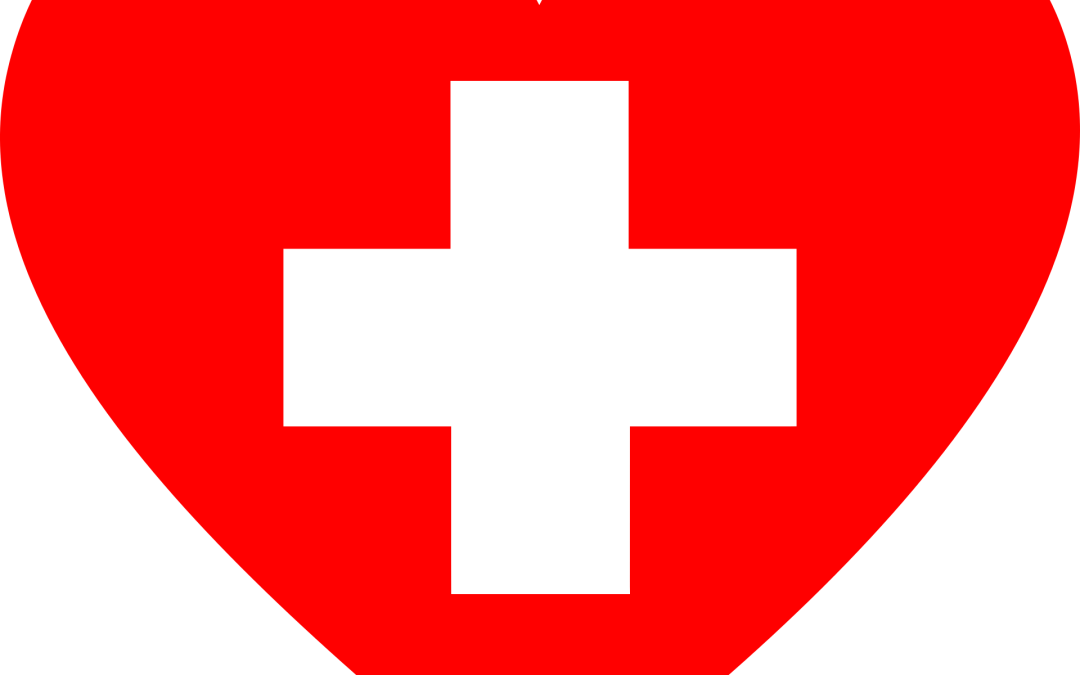Our Response to Physical and Mental Pain
Pain comes in many forms. We know pain hurts, it is unpleasant, it is subjective, it can be acute or chronic and it can be physical or mental. When we are discussing a physical pain, we are usually referring to a distressing feeling caused by damage to the tissues of the body. Physical pain is your body communicating and demanding your attention to make a change to your environment. Mental pain is hurt or distress that originates from non -physical sources and it manifests in many different ways, such as tearfulness, irritability or lack of motivation. If left untreated it can develop into mental health disorders such as anxiety, depression, OCD, IBS and insomnia. The way in which we respond to physical and mental pain have some surprising similarities and some stark differences.
Stop It
If you injure your back or sprain a muscle or get a severe headache, would you just carry on doing the same activity regardless of the pain? I think most people would take the pain as a signal to stop doing whatever you did to cause the pain and rest the injured part of the body. If you then resumed the activity and the pain comes back immediately, you may rethink the whole scenario and find a different way forward. The same goes for mental pain, when emotional distress manifests, it is your brain telling you to stop doing what you’re doing. It is a sure sign that something needs to change in your life. The trouble is people rarely recognise this signal and they carry on regardless. Their mental distress and associated symptoms get worse and worse, escalating and expanding, manifesting more and more symptoms which, if left unchecked, deteriorate into mental health disorders ( such as anxiety, depression, insomnia etc.) and eventually mental or physical breakdowns.
Change
We might recognise something like back pain as a repetitive strain injury. If we feel a back niggle our body is communicating that we need to change our method, take a break, or find something else to do to avoid further damage. It might be useful to recognise Mental ill health as a repetitive strain injury too. But because we get into habits around how we run our life, doing the same thing repeatedly, the build-up to a problem can take many years (we are remarkably resilient despite what we put ourselves through). Our habitual behaviours make it difficult to figure out what to do differently to relieve the pain. So, just like changing the way you tackle a physical task, you need to experiment; but what we do know is that it will be a combination of three things:
- Positive thinking – change the way you are thinking about something. Change starts in the mind, first in your imagination and then in action, in other words nothing will change until you challenge how you think.
- Positive activity – change what you are doing, it is important to take exercise and engage in enjoyable hobbies, not just working or fulfilling obligations.
- Positive interaction – the tendency is to withdraw from people when we’re feeling distressed, do the opposite and make an extra effort and time to be with like-minded people, friends and family (if you like them!) and take a break from the people who are a negative impact you.
When you have a physical injury, the medical professional will typically ask you:
- Where does it hurt?
- What are you doing when it hurts?
- When is it at its worst?
Notice the Exceptions
We’ve been conditioned for many years to focus on the pain and when it’s bad, so the tendency is to do the same for mental health pain and we focus on the problem, using our imagination to try to figure out why we feel bad and what is wrong. But a major difference between physical and mental wellbeing is that when symptoms of mental ill-health show up, we need to flip it, do completely the opposite and look for the exceptions:
- When is it better?
- When does it not happen?
- What are we doing when we feel good?
Why? Because by identifying the good moments, we can do those things that make us feel better again and importantly, when we start to make ourselves feel better, the subconscious and intellectual parts of our brain can work out the bigger picture of what we need to change.
Speaking Out
It is quite acceptable to say, ‘I can’t do that, I have a bad back’ or ‘I’ve got a bad headache, I can’t come to work today’. When we tell someone we have a physical issue, we are confident they will understand, that they will accept the reason, and we feel OK explaining it. However, if a mental health problem restricts what we can and can’t do, we often attempt to hide it, causing ourselves further stress or anxiety, we push ourselves to do the very thing that is causing the problem and we keep it to ourselves. We might force ourselves to show up but be withdrawn or quiet and not the best version of ourselves. Then we may overthink and worry that people noticed causing further mental distress. But the reality is, just as if you were incapacitated with back pain, most people would understand and be sympathetic if you were crippled with anxiety. You might just be positively surprised with the response.
If you are suffering with physical pain we all know to go and see a Doctor for medical assistance. Mental pain can be more difficult to resolve as there isn’t one answer and you will need to discover what is the right way to treat it for you. That may be medication from your Doctor, or one of the many forms of counselling out there or you might discover that exercise or developing a new hobby helps. We offer a combination of Solution Focused Therapy and Hypnotherapy to support clients to find the right solutions for them.
We offer absolutely free, no obligation hour long initial consultations with one of our therapists, in clinic or on Zoom, if you’d like to know more.

